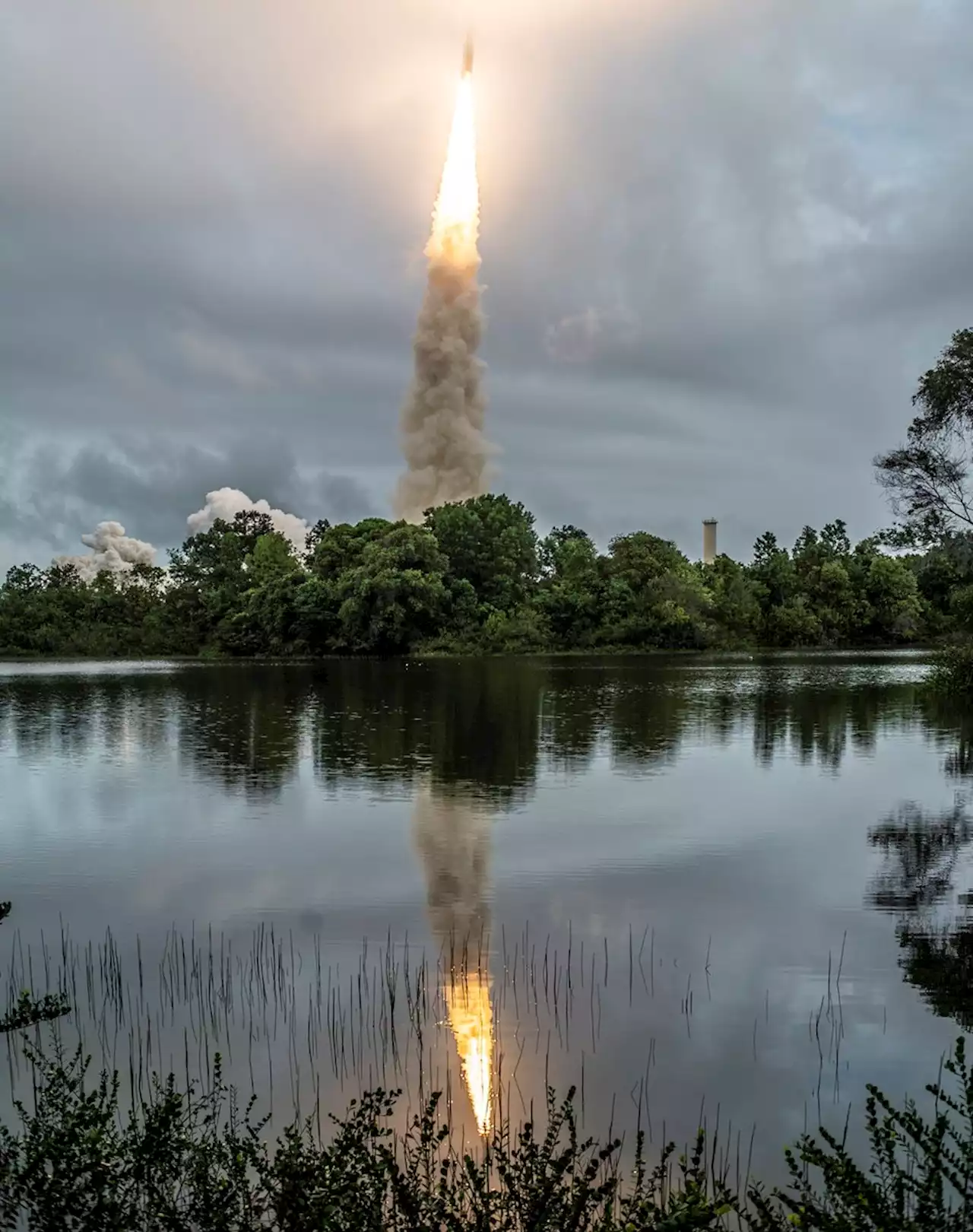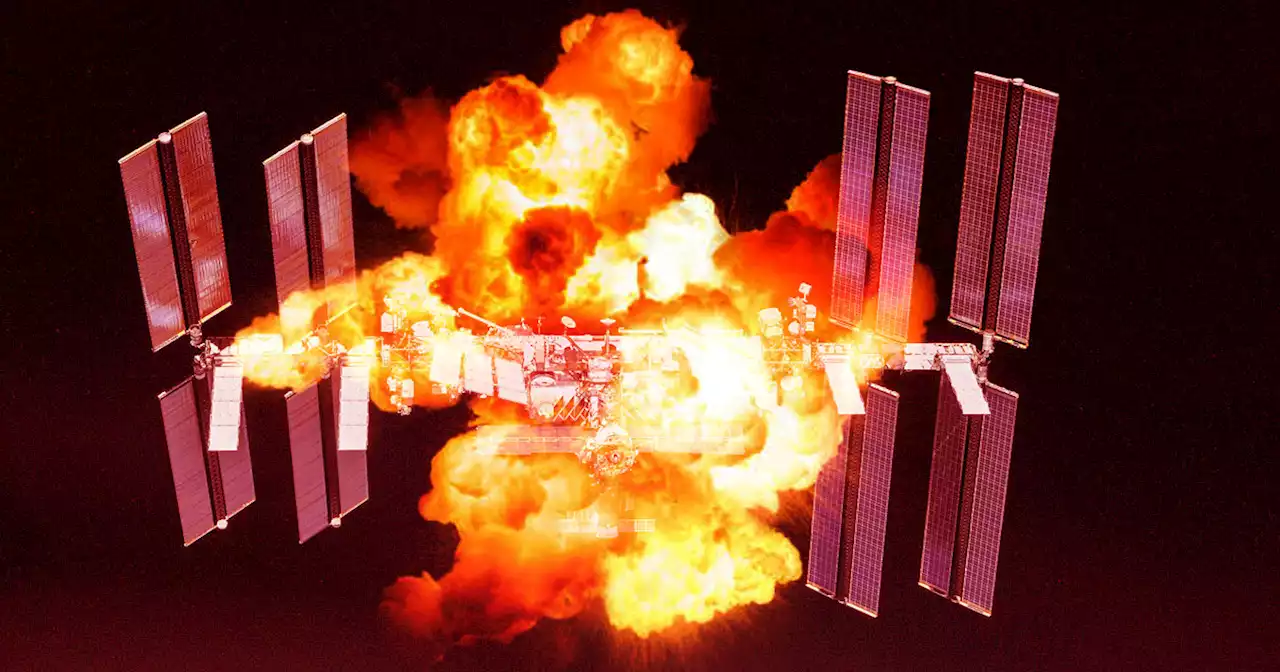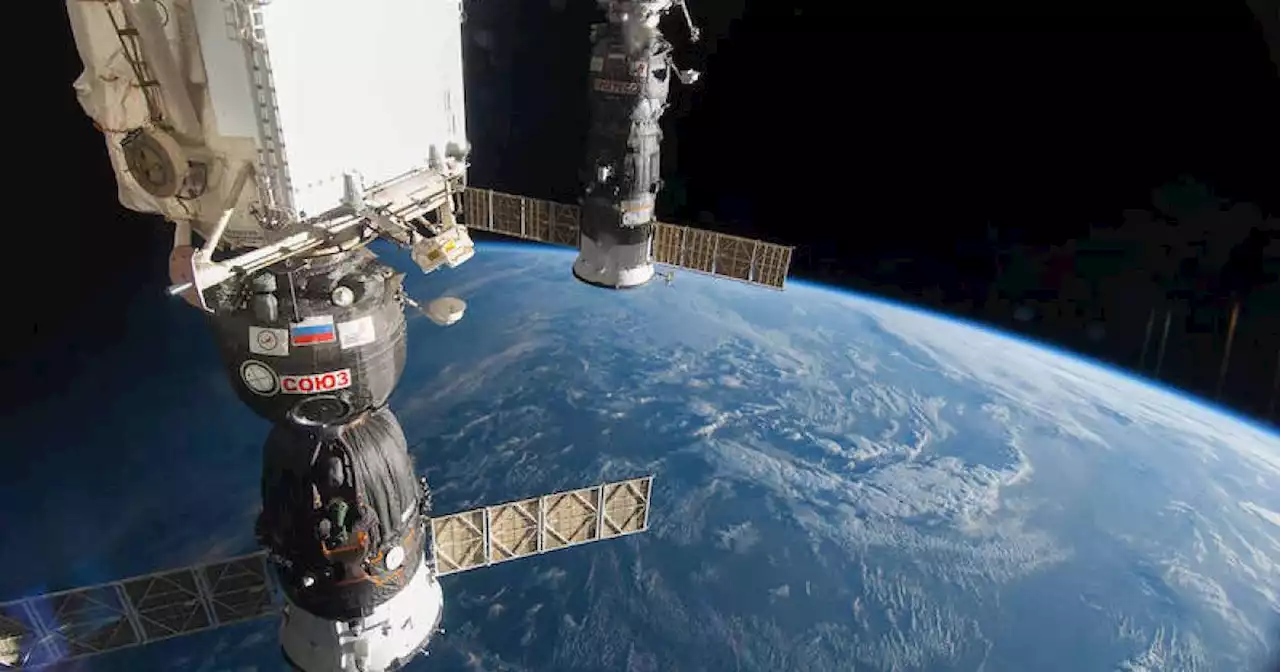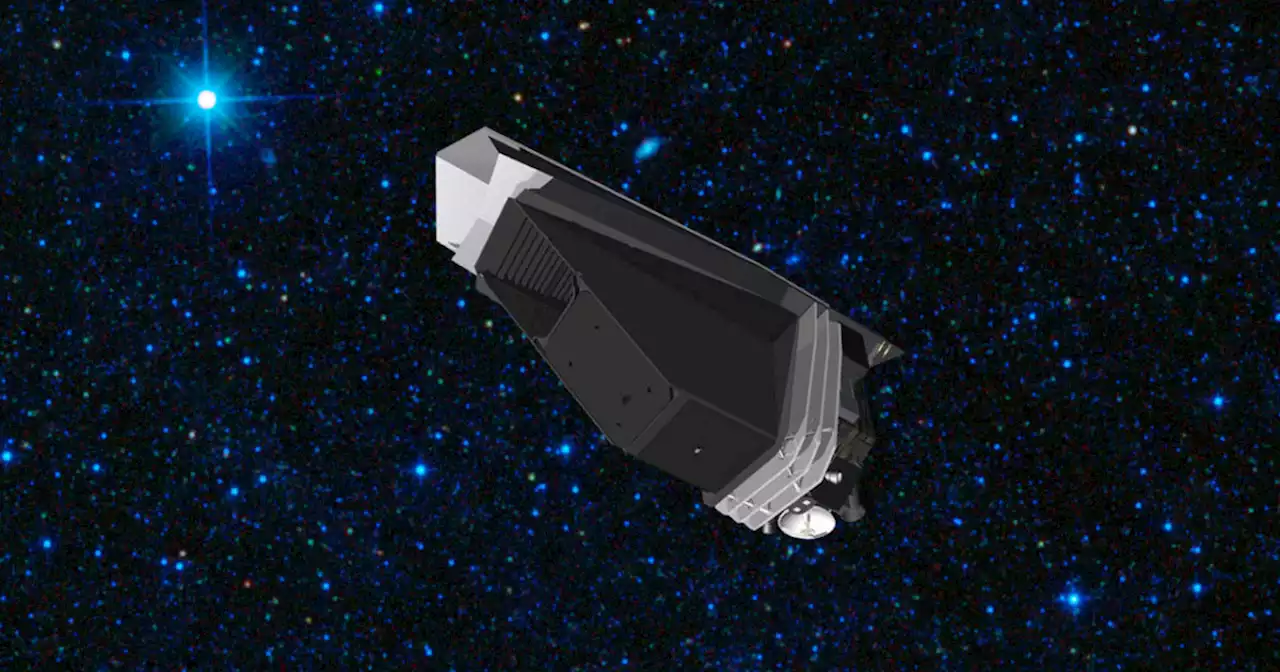NEO Surveyor is getting funding again, and will help find hard-to-see asteroids in 2028 - by AndyTomaswick
UT has plenty of content on how we protect ourselves from asteroids. The first step is always to find them.
But, as with all bureaucracies, NASA has budgetary difficulties, and NEO Surveyor was no exception. The agency originally canceled NEO Surveyor’s budget for the fiscal years 2022 and 2023, forcing project scientists and engineers to move on to other projects for their salaries. So when NASA again picked up the bill for the project, it had ballooned to $1.2 billion, partly due to the increased inflation throughout the economy in the intervening years.
Despite that price hike, the Planetary Society expects Congress to support the mission, in part thanks to more than 5,000 people who wrote their local representatives on behalf of the project. In a further show of support, the seemingly unrelated CHIPS and Science act passed by Congress earlier this year forces NASA into no longer cutting programs funding even if there are cost overruns on other programs .
Now with funding secured, the mission moves on to building and testing flight hardware as the third part of the five-step NASA project cycle. At the end of this “Phase C,” all of the hardware should be ready for final assembly and testing. But there’s still a long way, and potentially some of its own cost overruns, to go before NEO Surveyor is officially in space and collecting valuable data on our immediate planetary neighborhood.
Watch this discussion of the NEO Surveyor Mission if you’d like to learn more, featuring Amy Mainzer, who originally proposed the mission.
United States Latest News, United States Headlines
Similar News:You can also read news stories similar to this one that we have collected from other news sources.
 NASA's next-generation asteroid hunter is now under construction, NASA announceAccording to a NASA press release, construction has now officially begun on its next-generation asteroid hunting platform called NEOWISE.
NASA's next-generation asteroid hunter is now under construction, NASA announceAccording to a NASA press release, construction has now officially begun on its next-generation asteroid hunting platform called NEOWISE.
Read more »
 Frigid cold makes for eventful afternoon at Soldier FieldThe Bears lost to the Bills, 35-13, in the seventh-coldest game in Bears history. The temperature at kickoff was 9 degrees with a minus-12 wind chill. Winds were over 20 miles per hour with gusts in the 30s. It warmed up a couple degrees throughout the game, but not much.
Frigid cold makes for eventful afternoon at Soldier FieldThe Bears lost to the Bills, 35-13, in the seventh-coldest game in Bears history. The temperature at kickoff was 9 degrees with a minus-12 wind chill. Winds were over 20 miles per hour with gusts in the 30s. It warmed up a couple degrees throughout the game, but not much.
Read more »
 Winter on Mars looks beautiful in this festive NASA videoDoris is a science journalist and Space.com contributor. She received a B.A. in Sociology and Communications at Fordham University in New York City. Her first work was published in collaboration with London Mining Network, where her love of science writing was born. Her passion for astronomy started as a kid when she helped her sister build a model solar system in the Bronx. She got her first shot at astronomy writing as a Space.com editorial intern and continues to write about all things cosmic for the website. Doris has also written about microscopic plant life for Scientific American’s website and about whale calls for their print magazine. She has also written about ancient humans for Inverse, with stories ranging from how to recreate Pompeii’s cuisine to how to map the Polynesian expansion through genomics. She currently shares her home with two rabbits. Follow her on twitter at salazar_elin.
Winter on Mars looks beautiful in this festive NASA videoDoris is a science journalist and Space.com contributor. She received a B.A. in Sociology and Communications at Fordham University in New York City. Her first work was published in collaboration with London Mining Network, where her love of science writing was born. Her passion for astronomy started as a kid when she helped her sister build a model solar system in the Bronx. She got her first shot at astronomy writing as a Space.com editorial intern and continues to write about all things cosmic for the website. Doris has also written about microscopic plant life for Scientific American’s website and about whale calls for their print magazine. She has also written about ancient humans for Inverse, with stories ranging from how to recreate Pompeii’s cuisine to how to map the Polynesian expansion through genomics. She currently shares her home with two rabbits. Follow her on twitter at salazar_elin.
Read more »
 Webb Image Release- Webb Space Telescope GSFC/NASAThe Latest NASA Released Webb Image is featured on this page. The James Webb Space Telescope's revolutionary technology will study every phase of cosmic history—from within our solar system to the most distant observable galaxies in the early universe. Webb’s infrared telescope will explore a wide range of science questions to help us understand the origins of the universe and our place in it. Seeking Light from the First Galaxies in the Universe Webb will directly observe a part of space and time never seen before. Webb will gaze into the epoch when the very first stars and galaxies formed, over 13.5 billion years ago. Ultraviolet and visible light emitted by the very first luminous objects has been stretched or 'redshifted' by the universe's continual expansion and arrives today as infrared light. Webb is designed to “see” this infrared light with unprecedented resolution and sensitivity. Exploring Distant Worlds and the Solar System Webb will also be a powerful tool for studying the nearby universe. Scientists will use Webb to study planets and other bodies in our solar system to determine their origin and evolution and compare them with exoplanets, planets that orbit other stars. Webb will also observe exoplanets located in their stars’ habitable zones, the regions where a planet could harbor liquid water on its surface, and can determine if and where signatures of habitability may be present. Using a technique called transmission spectroscopy, the observatory will examine starlight filtered through planetary atmospheres to learn about their chemical compositions.
Webb Image Release- Webb Space Telescope GSFC/NASAThe Latest NASA Released Webb Image is featured on this page. The James Webb Space Telescope's revolutionary technology will study every phase of cosmic history—from within our solar system to the most distant observable galaxies in the early universe. Webb’s infrared telescope will explore a wide range of science questions to help us understand the origins of the universe and our place in it. Seeking Light from the First Galaxies in the Universe Webb will directly observe a part of space and time never seen before. Webb will gaze into the epoch when the very first stars and galaxies formed, over 13.5 billion years ago. Ultraviolet and visible light emitted by the very first luminous objects has been stretched or 'redshifted' by the universe's continual expansion and arrives today as infrared light. Webb is designed to “see” this infrared light with unprecedented resolution and sensitivity. Exploring Distant Worlds and the Solar System Webb will also be a powerful tool for studying the nearby universe. Scientists will use Webb to study planets and other bodies in our solar system to determine their origin and evolution and compare them with exoplanets, planets that orbit other stars. Webb will also observe exoplanets located in their stars’ habitable zones, the regions where a planet could harbor liquid water on its surface, and can determine if and where signatures of habitability may be present. Using a technique called transmission spectroscopy, the observatory will examine starlight filtered through planetary atmospheres to learn about their chemical compositions.
Read more »
 NASA Reportedly Plans to Destroy the Entire ISS Instead of Letting Museums Save ChunksNASA plans to bring down the ISS in the Pacific Ocean but doesn't plan to retrieve or display historical artifacts from the space station.
NASA Reportedly Plans to Destroy the Entire ISS Instead of Letting Museums Save ChunksNASA plans to bring down the ISS in the Pacific Ocean but doesn't plan to retrieve or display historical artifacts from the space station.
Read more »
 NASA and Roscosmos still investigating cause of ISS leak | Digital TrendsSpace agencies are investigating the cause of a leak on the space station and are working on a plan to safely return three crew members to Earth.
NASA and Roscosmos still investigating cause of ISS leak | Digital TrendsSpace agencies are investigating the cause of a leak on the space station and are working on a plan to safely return three crew members to Earth.
Read more »
